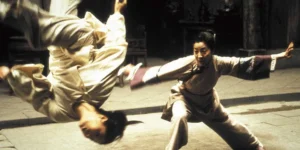Benefits of Tai Chi have specific advantages across your lifespan. For seniors, it is a powerful decline, significantly improving balance, reducing fall risk, and easing joint pain. For children, it cultivates body awareness, focus, and emotional regulation. Adults juggling demanding lives find in Tai Chi a sustainable sanctuary for stress relief, physical maintenance, and mental clarity.
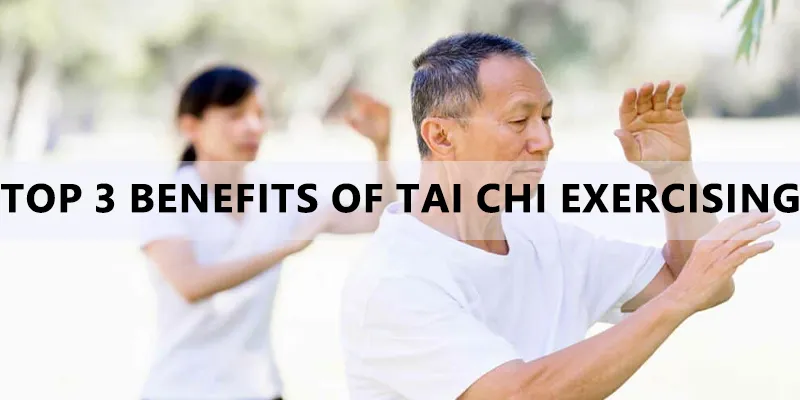
Tai Chi Chuan, often simply called Tai Chi, is an ancient Chinese martial art that offers an integration of body, mind, and spirit. For centuries, practitioners have exercised it for health, longevity, and inner peace. Today, I’ll show you that the top 3 benefits of tai chi are the physical, the emotional, and the social.
Emotional and Spiritual Benefits of Tai Chi
Tai Chi is often called “meditation in motion.” Tai Chi engages the body in slow, deliberate, mindful movement. This coordinating breath with motion, feeling the subtle shifts of weight and balance, creates a powerful mind. Tai Chi’s sustained mindful presence fosters a deep sense of inner calm and emotional balance, reducing modern stress.
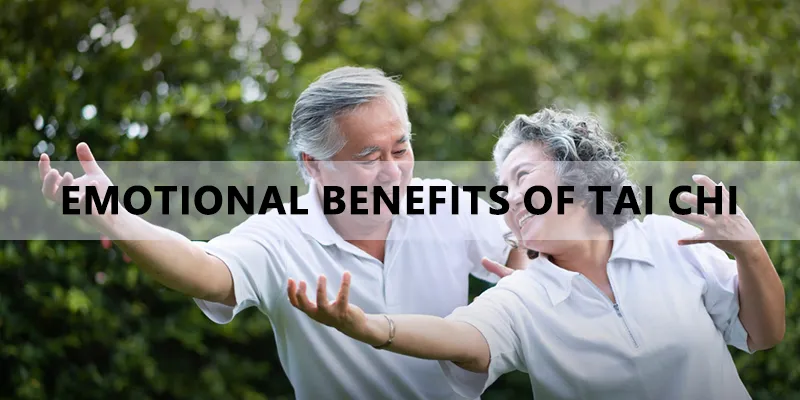
Beyond stress reduction, the emotional and spiritual benefits have other ways:
- Emotional Regulation: The mindful awareness cultivated by Tai Chi practitioners to observe their emotions without immediate reactivity. By noticing feelings like frustration, anxiety, or sadness arising without being swept away by them, individuals develop a greater capacity to respond thoughtfully rather than react impulsively.
- Reduced Anxiety and Depression Symptoms: Numerous studies indicate Tai Chi’s efficacy in lowering symptoms of anxiety and mild to moderate depression. The combination of gentle movement, deep breathing, mindfulness, and social interaction works synergistically to regulate the nervous system and elevate mood-regulating neurotransmitters.
- Deepened Self-Awareness and Mindfulness: Tai Chi requires constant attention to internal sensations: the alignment of bones, the engagement of muscles, the flow of breath, and the grounding through the feet. This inward focus fosters a connection with one’s own body and inner state, cultivating self-awareness that extends beyond the practice into daily life.
- Cultivation of Patience: Tai Chi forms are complex, requiring time and consistent practice to embody. This process inherently teaches patience, perseverance, and acceptance of one’s current abilities without harsh judgment.
- Connection to a Larger Sense of Harmony: Rooted in Taoist philosophy, Tai Chi embodies principles of Yin and Yang. Practitioners often report a sense of connecting with something larger than themselves, whether described as nature or universal energy (Qi). This fosters a spiritual dimension of well-being.
Physical Benefits of Tai Chi
The physical benefits of Tai Chi are perhaps the most immediate. Unlike high-intensity exercise, Tai Chi places minimal stress on joints, making it exceptionally suitable for individuals of all ages and fitness levels, including those recovering from injury or managing chronic conditions. The continuous, flowing nature of the forms gently engages the cardiovascular system, enhances lymphatic drainage, and systematically works muscles, tendons, and ligaments through their full range of motion, promoting suppleness and resilience.
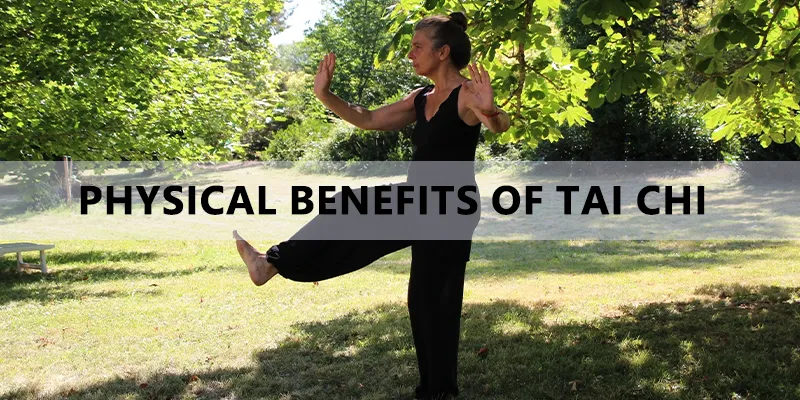
- Improved Balance and Reduced Fall Risk: This is Tai Chi’s most celebrated physical benefit, especially for older adults. The constant, controlled weight shifting from one leg to the other, combined with controlled leg lifts, turns, and stances, dramatically enhances body awareness in space and leg strength. Studies show Tai Chi reduces fall incidence by up to 50% in at-risk populations.
- Enhanced Flexibility and Joint Health: The gentle, continuous movements take joints through their natural range without impact. This lubricates joints, improves synovial fluid circulation, and gradually increases flexibility in the spine, hips, shoulders, knees, and ankles, reducing stiffness and pain associated with arthritis and other conditions.
- Increased Muscle Strength and Endurance: While not building bulk like weightlifting, Tai Chi requires holding postures and controlled movement against gravity. This effectively builds functional strength, particularly in the core, legs, and back. Endurance improves as practitioners sustain the form for longer periods.
- Improved Cardiovascular Health: The continuous movement, combined with deep diaphragmatic breathing, provides a gentle aerobic workout. Research indicates Tai Chi can lower blood pressure, improve cholesterol profiles, and enhance overall cardiovascular function, reducing the risk of heart disease.
- Better Posture and Body Alignment: Tai Chi emphasizes an upright, relaxed spine, dropped shoulders, and a centered pelvis. Consistent practice retrains postural habits, alleviating strain on the neck, shoulders, and lower back caused by slouching or misalignment.
- Pain Management: Tai Chi is increasingly recognized as an effective complementary therapy for managing chronic pain conditions like osteoarthritis, fibromyalgia, and lower back pain. Its movement reduces inflammation, improves joint function, and the mindfulness component helps alter pain perception.
- Enhanced Coordination and Motor Control: The complex, multi-limb coordination required in Tai Chi forms sharpens neural pathways, improving overall coordination, agility, and fine motor control.
Social Benefits of Tai Chi
While Tai Chi can be practiced solo, its traditional and most common context is within a group class setting. Stepping onto the practice floor, whether in a park at dawn or a community center, creates an immediate sense of shared purpose and belonging. A Tai Chi class is more than just a gathering for exercise; it becomes a supportive community united by a shared pursuit of harmony and well-being.
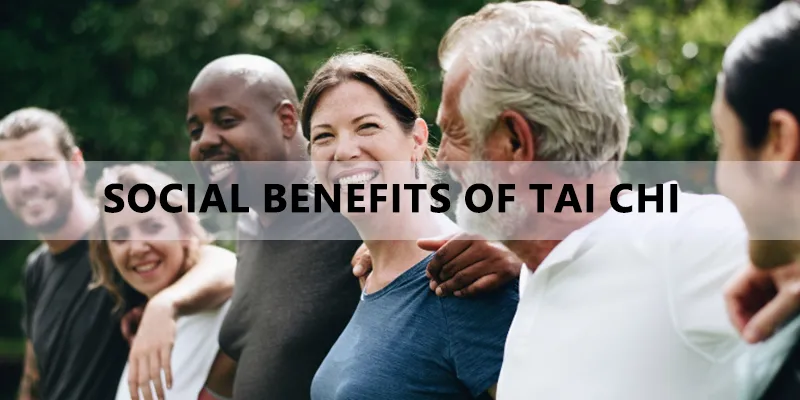
The specific social benefits of Tai Chi community include:
- Combating Loneliness and Building Community: Regular attendance at classes provides a consistent social outlet, especially valuable for seniors, newcomers to an area, or those living alone. The shared focus on practice creates natural bonds, leading to friendships and a strong sense of community belonging.
- Creating a Supportive and Non-Competitive Environment: Tai Chi culture inherently emphasizes personal progress over competition. There is no “winning” or comparison of skill levels. This fosters an atmosphere of mutual encouragement, patience, and acceptance, where beginners feel welcomed and supported by more experienced practitioners.
- Shared Learning and Mutual Encouragement: Learning Tai Chi is a journey best undertaken with others. Students learn not only from the instructor but also by observing and practicing alongside peers. Experienced students often naturally mentor newcomers, sharing insights and offering encouragement, reinforcing their own understanding in the process.
- Cultural Connection and Shared Values: Practicing Tai Chi connects individuals to a rich cultural heritage. Group classes often become spaces for sharing not just movement, but also the underlying philosophies of balance, harmony, and respect.
- Development of Empathy and Patience: Observing others at different stages of learning cultivates empathy and patience. Helping a fellow student understand a movement reinforces one’s own knowledge and fosters a spirit of generosity within the group.
Preparing for Before Practicing Tai Chi
To fully enjoy the benefits of Tai Chi and practice safely, some simple preparations are essential.
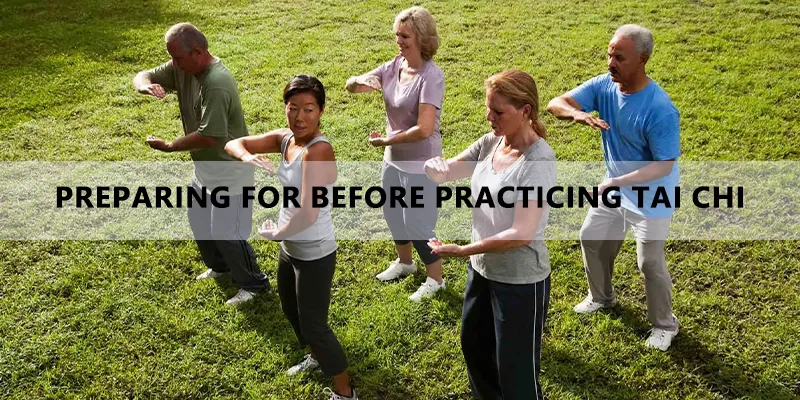
Tai Chi Clothing: Choose loose, comfortable, breathable clothing that allows unrestricted movement. Natural fibers like cotton or linen are ideal. Avoid tight belts, restrictive jeans, or bulky jackets. Footwear should be flexible, flat-soled shoes, such as martial arts slippers or thin-soled sneakers, or practice barefoot on a suitable surface to enhance ground connection and proprioception.
Tai Chi Space: Choose a quiet, clean, well-ventilated space with a flat, non-slippery surface. Outdoors on grass or packed earth is excellent, connecting you with nature. Indoors, ensure sufficient space to move freely in all directions without obstruction.
Tai Chi Warm-Up Exercises: Never begin the Tai Chi forms “cold.” Dedicate 5-15 minutes to gentle joint mobilization and light stretching. Focus on ankles, knees, hips, spine, shoulders, elbows, wrists, and neck. Incorporate deep breathing to center the mind and awaken the body. This prepares muscles, tendons, and joints for the flowing movements, improves circulation, and reduces injury risk.
Summary
Tai Chi Chuan’s benefits across the physical, emotional/spiritual, and social domains. Physically, it builds a resilient foundation, enhancing balance to prevent falls, increasing flexibility and strength, supporting cardiovascular health, and managing chronic pain, making it uniquely valuable from childhood through older age. Emotionally and spiritually, it is effectively reducing stress and anxiety, fostering emotional regulation, and elevating mood through mindful movement and breathwork. Socially, Tai Chi class fosters belonging, mutual support, and meaningful connection across generations and cultures. Tai Chi suits everyone with a suitable space and mindful warm-up.



